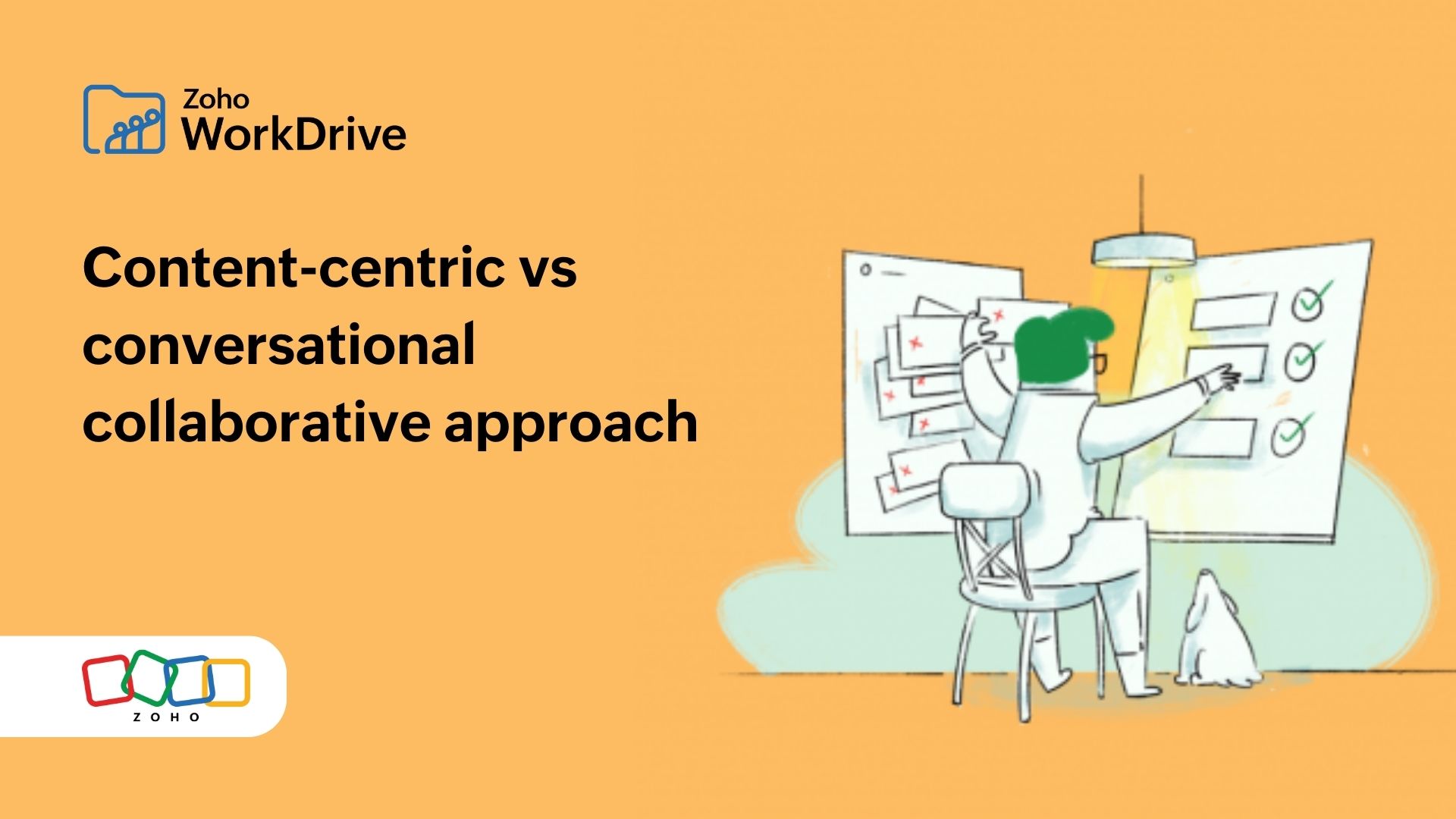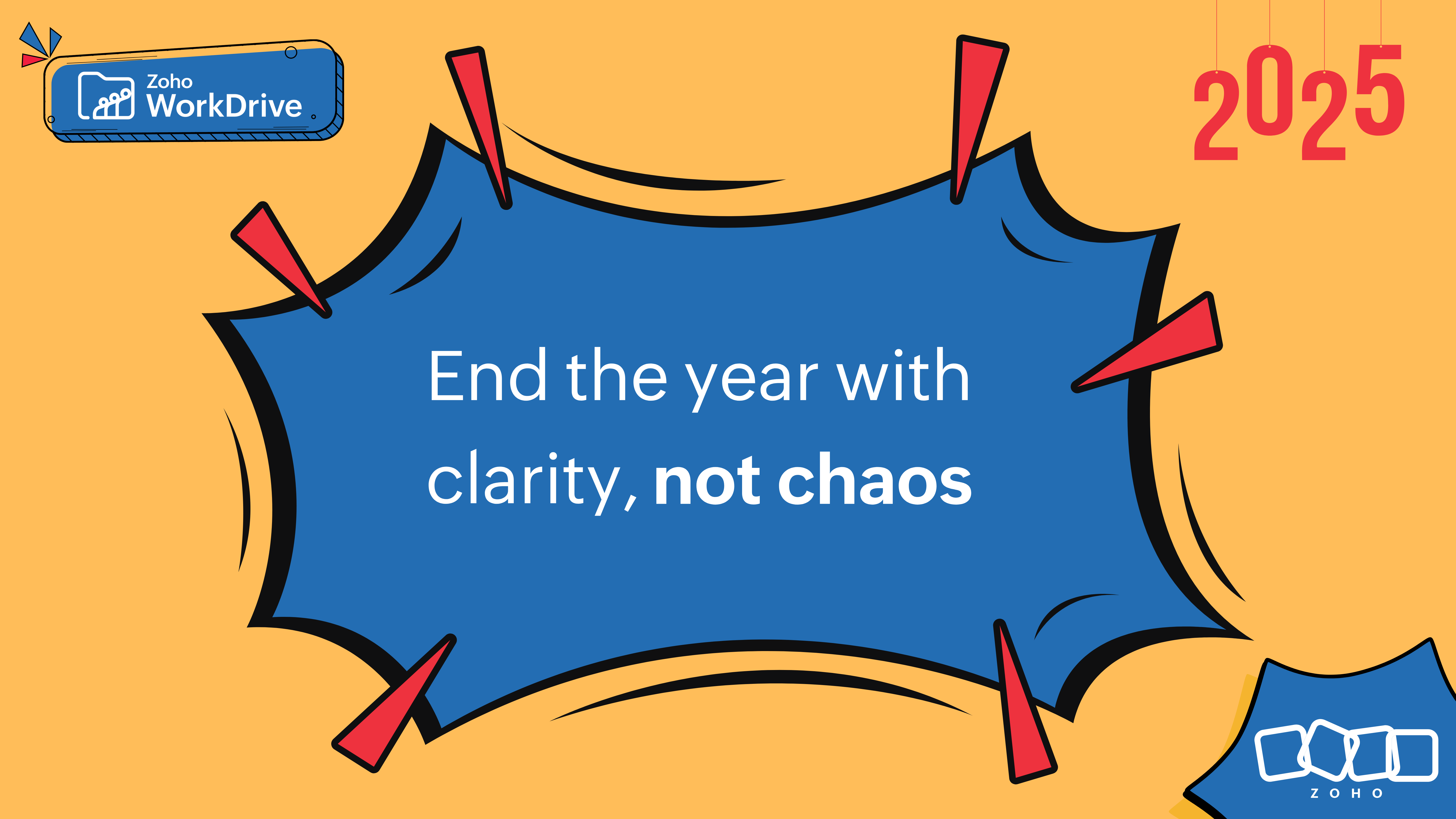- HOME
- Work Culture
- Collaborative approaches: content-centric vs. conversational
Collaborative approaches: content-centric vs. conversational
- Last Updated : December 17, 2023
- 736 Views
- 3 Min Read

With an ever-increasing connectivity, businesses around the world have gone global and cross-functional over the last two decades. This has made “teamwork” an important key in any organization’s success. With that said, most companies now believe that a collaborative workforce is a much-needed factor to increase their productivity. Many have found working together can optimize their employees’ time and energy.
This has resulted in the boom of collaborative platforms and tools in the market, and a new generation of apps with collaboration and productivity at their core. Currently, there are multiple collaborative platforms for different teamwork patterns available, with the two most common types of collobarative platforms being: content-centric and conversational.
This raises a question: What type of collaborative platform does my company need?
A collaborative platform should not be a transitory product, where you have to exit out of what you are working on to collaborate with your colleagues in a separate app. On the contrary, a collaborative application should be the center of the gravity of all your working apps. It should be integrated into your productivity apps rather than circled around them. In short, a unified collaborative app should work as the central operating system for your productivity apps.
There are a substantial amount of options on the market, so here are a few thoughts on how a strong collaboration software should work:
1. Clear of constant chats
Simply said, working in the form of continuous chatting is a distraction. Most conversational collaboration applications will not look like a distraction. After all, constant chatting and staying “in the loop” with your team often makes us feel productive.
Unfortunately, anything that takes your attention away from your work is a distraction, however good you are at multitasking. The more distractions in your day, the less productive you will be.
These apps can be beneficial if used in the right way. Chat plays a significant part in a team’s communication, but it is not the ultimate tool for all communication.
Content-centric collaboration platforms solve this problem by making your content the place where team collaboration happens.
2. Offer intuitive notifications
Frequent notifications are time-stealers. Consider a typical week in your organization. How much time do people spend reacting and responding to notifications?
Unlike emails, these notifications invoke your reactive responses. Focusing on your work can be tough when you have constant red alerts waiting for you. According to the New York Times, the average office worker gets interrupted every 11 minutes.
Moreover, it takes a few minutes to return to focused work after each interruption.
In WorkDrive, Zoho’s content-centric collaboration software, notifications are categorized by urgency, only the most important notifications will be shown to you in the top corner, and the ones which can wait will be in the unread columns in every Team Folder.
3. Multi-level Organization
Constant topic-switching and long-running threads means your content often sits in your collaborative software without the necessary context. Also, when you can’t find your content, you will end up opening new threads for every topic, leading to miscommunications and decreased productivity.
Organizing your data and files based on context plays a big part in maintaining a productive, collaborative workforce. Even if it looks easy to find the information you need in a mess of threads, it often means you don’t know where your data really sits on your platform.
A content-centric collaboration platform provides you distinctly categorized folders, like WorkDrive’s Team Folders, where you store your data and control access permissions based on confidentiality and usability. WorkDrive also includes full-text search options and unlimited versioning of files stored on the platform, making it easier and safer than ever to collaborate, no matter where your team members are located.
Final Thoughts
Different teams and projects need different collaborative patterns, and successfully providing a productive team experience is the goal of every collaboration tool. However, given what we discussed so far, it is safe to say that the content-centric approach remains more productive in most circumstances.


